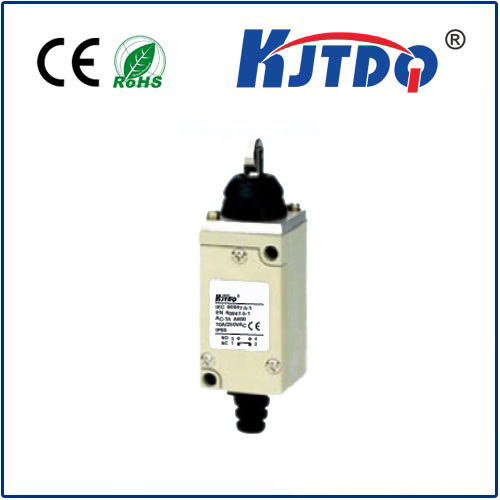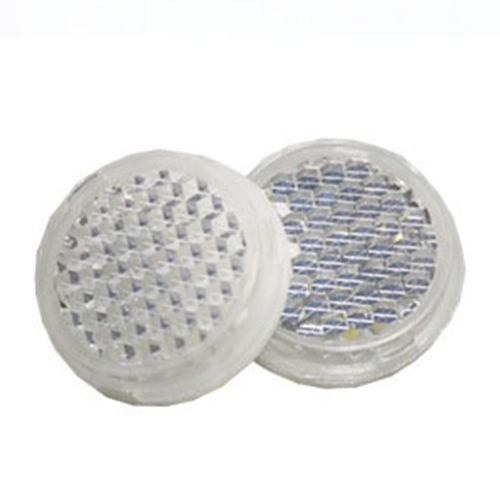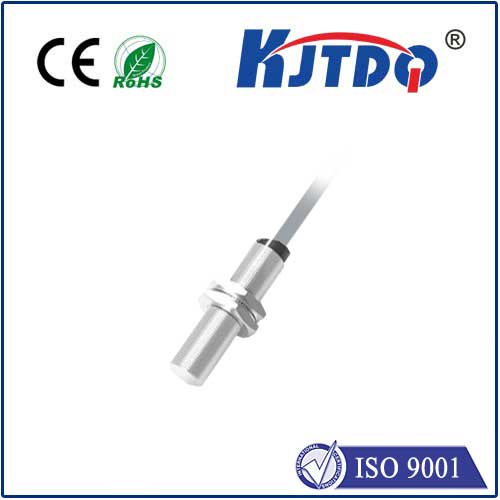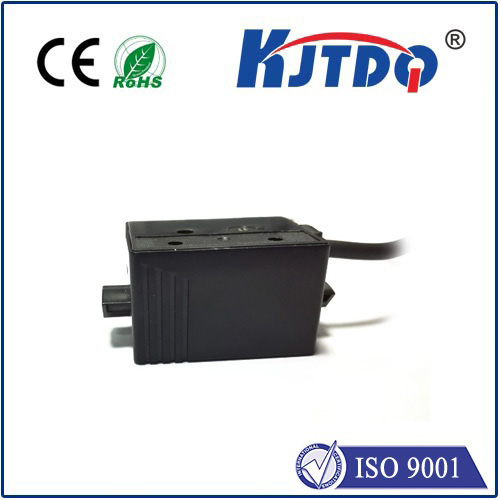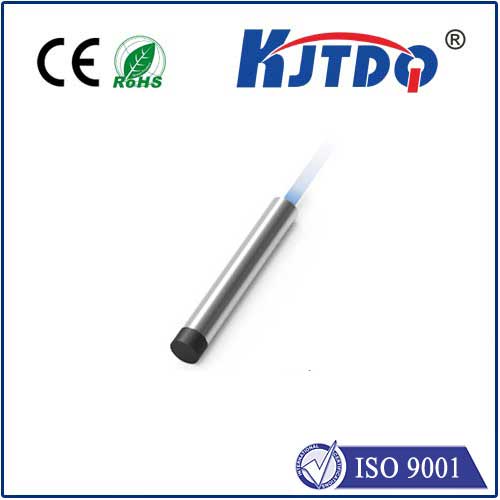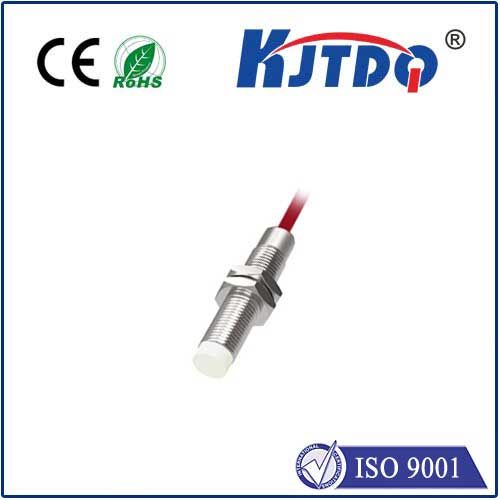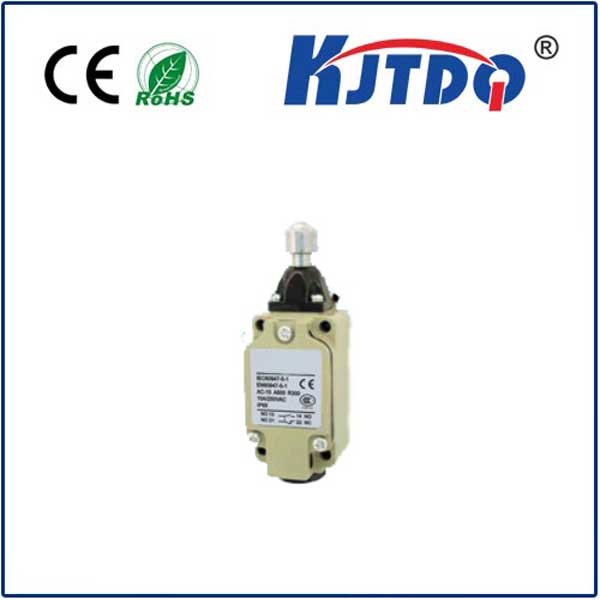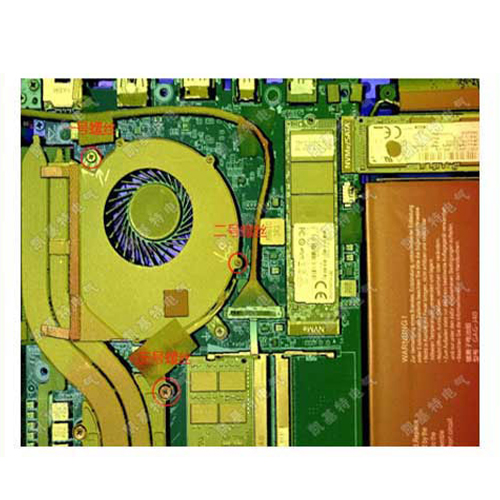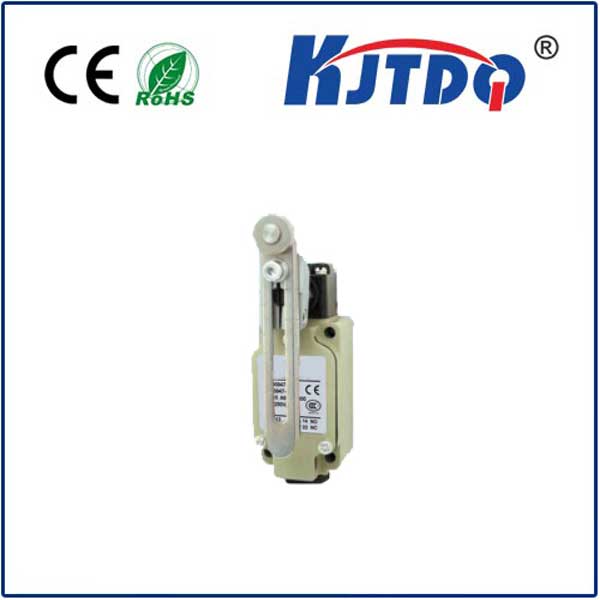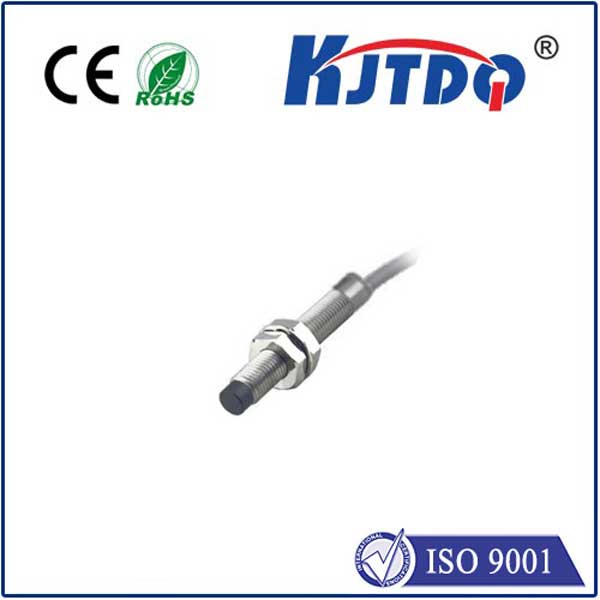opto reflective sensor
- time:2025-08-15 01:25:49
- Click:0
Unveiling the Magic of Opto-Reflective Sensors: Compact Detection Powerhouses
Ever wonder how your printer knows when the paper runs out? Or how an automatic faucet senses your hands? Behind countless everyday conveniences and industrial marvels lies a deceptive simplicity: the often-overlooked opto-reflective sensor. These compact electronic components are masters of detecting presence, absence, distance, and even surface properties using nothing but light and its reflection. Understanding how they work reveals why they are such indispensable tools across diverse fields.
At its heart, an opto-reflective sensor combines an infrared (IR) light emitter and a light detector (usually a phototransistor or photodiode) within a single, integrated housing. Unlike through-beam sensors requiring separate transmitter and receiver units placed opposite each other, this ingenious design leverages the diffuse reflection principle.
Here’s the core magic:

- Emission: The internal infrared LED emits an invisible beam of light.
- Reflection: When an object enters the sensor’s detection zone, this beam strikes the object’s surface.
- Diffusion: The object reflects the light diffusely (scatters it in many directions).
- Detection: A portion of this scattered light travels back towards the sensor and strikes the phototransistor housed right next to the emitter.
- Signal Processing: The phototransistor converts the detected light intensity into an electrical signal. An internal circuit (often a comparator) processes this signal. If the received light exceeds a predetermined threshold, it triggers an output state change (e.g., digital ON/OFF, or an analog voltage proportional to distance/reflectivity).
The elegant simplicity of housing both emitter and detector together creates significant advantages:
- Compact Size & Simplified Installation: No need for precise alignment or mounting components on opposite sides of an application. This drastically reduces setup complexity and space requirements.
- Cost-Effectiveness: The integrated design often makes them more economical than separate emitter/receiver pairs or other complex sensing solutions.
- Reliability in Contained Spaces: Excellent for detecting objects within machinery, enclosures, or devices where space is limited.
- Object Detection without Contact: Provides reliable non-contact sensing, minimizing wear and tear.
- Responsive Performance: Capable of very fast detection speeds, essential for automation and counting applications.
However, it’s important to recognize their operating boundaries. Opto-reflective sensor performance is intrinsically linked to the reflectivity and color of the target object. Highly reflective, light-colored objects are detected at greater distances and more reliably than dark, matte, or non-reflective surfaces. Environmental factors like ambient light interference or dirt accumulation on the sensor window can also impact reliability. Careful selection and placement are crucial.
This unique combination of features makes opto-reflective sensors the ideal choice for a vast array of applications:
- Object Presence/Absence Detection: The bread-and-butter application. Detecting paper in printers, products on a conveyor belt, lids on bottles, or coins in a vending machine. Their robust performance in counting objects (like pills or small parts) is invaluable.
- Position Sensing: Verifying the position of components within machinery, detecting the home position in printers or scanners, and confirming end-of-travel for robotic arms.
- Proximity Sensing: Triggering actions when an object comes near, like automatic doors, soap dispensers, or faucets. Although specialized proximity sensors exist, many “proximity” functions utilize this technology.
- Edge Detection: Identifying the edges of materials like fabric, tape, or sheet metal in manufacturing processes.
- Tachometry & Speed Sensing: Counting the rotations of a shaft (using a reflective marker) or measuring linear speed (using marks on a moving belt). Their speed makes them suitable for motor control feedback.
- Liquid Level Detection: Sensing the presence (or absence) of liquid in a transparent container by detecting the reflection change at the liquid/air interface.
- Consumer Electronics: Found in devices like automatic towel dispensers, vacuum cleaners (cliff detection), gaming peripherals, and toys.
Why choose an opto-reflective sensor over other types?
- vs. Through-Beam Sensors: Through-beam offers the longest detection ranges and is immune to target color/reflectivity, as it relies on the beam being blocked. However, it requires precise alignment of two separate components, which can be cumbersome and costly in some setups. Opto-reflective provides a compact, one-unit solution ideal for shorter-range detection where alignment is impractical.
- vs. Ultrasonic Sensors: Ultrasonics excel at distance measurement through air and aren’t affected by color. However, they can be slower, more expensive, sensitive to temperature/humidity, and larger. Opto-reflective sensors offer faster response times and smaller footprints for presence/absence tasks when the target reflects IR light adequately.
- vs. Capacitive Sensors: Capacitive sensors detect conductive or non-conductive materials based on changes in an electrostatic field. They work well with non-metals and through some barriers. However, they can be sensitive to environmental factors (like humidity) and may detect unintended targets. Opto-reflective sensors provide a reliably fast, optical solution less affected by non-target materials in close proximity.
From the printers humming in offices to the robots assembling cars, opto-reflective sensors silently power the automation and interaction that defines modern life. Their compact design, cost-effectiveness, and fundamental operating principle – detecting the bounce-back of an invisible beam – make them an essential and ubiquitous technology. They embody the concept of “an entire detection ecosystem in one package,” proving that sometimes, the most powerful solutions are also the simplest and most elegantly integrated. When reliable, non-contact detection of objects based on reflection within a confined space is needed, the opto-reflective sensor consistently delivers robust performance.












